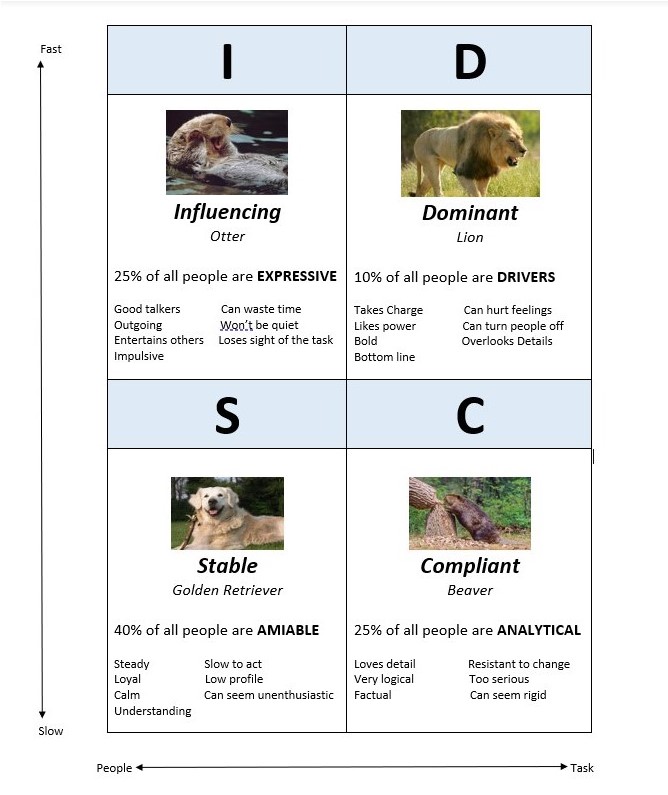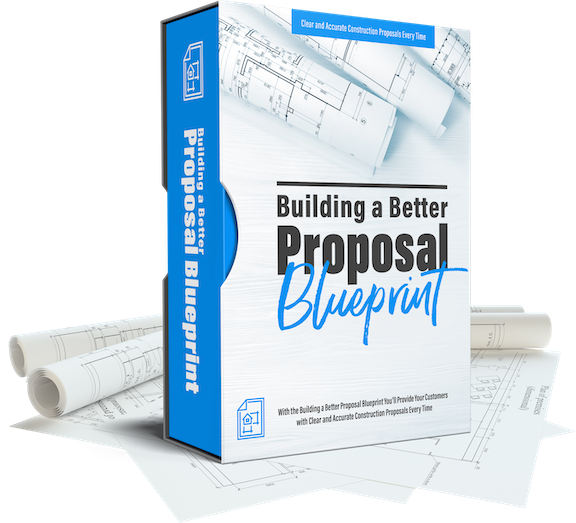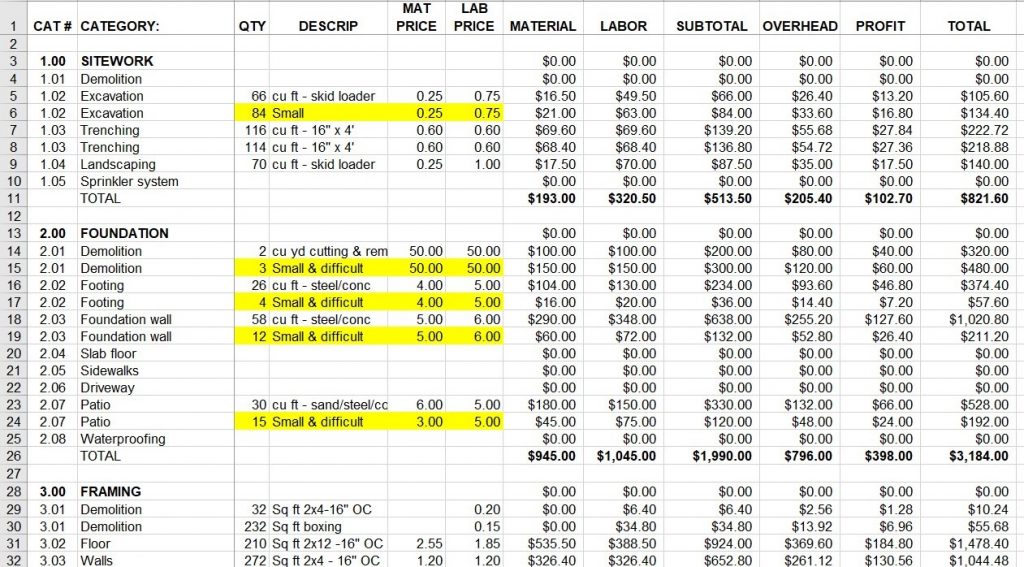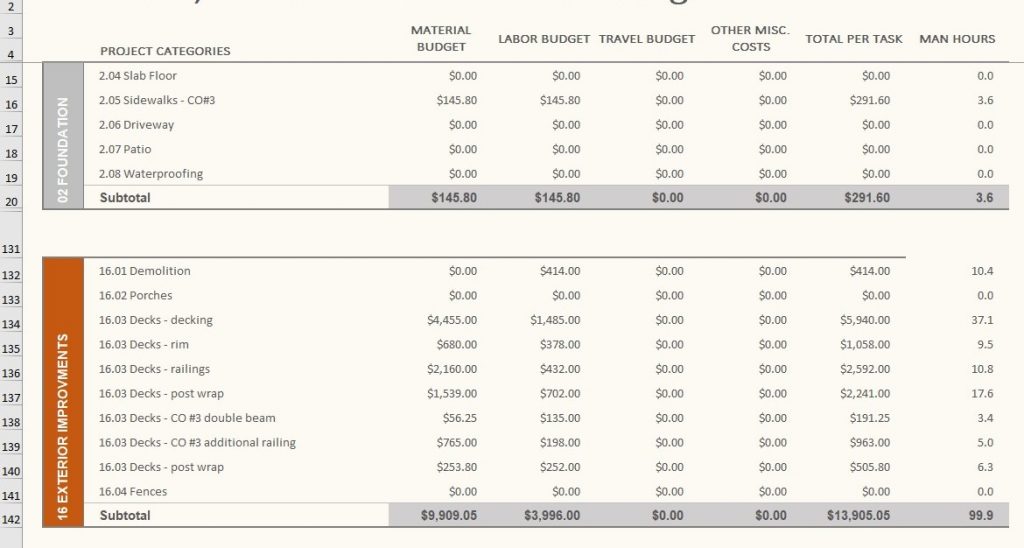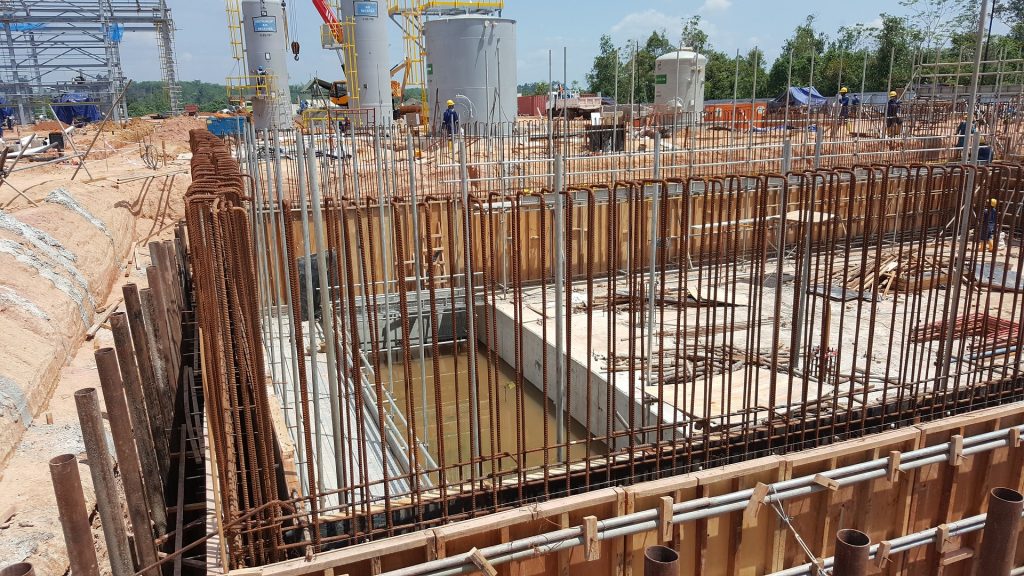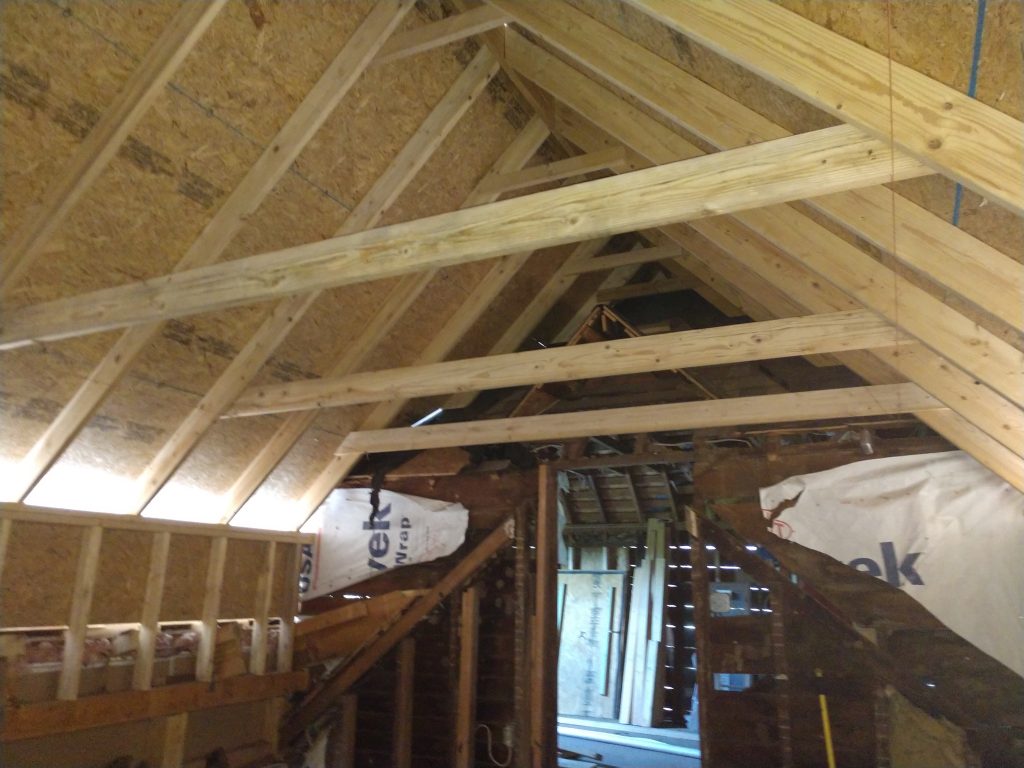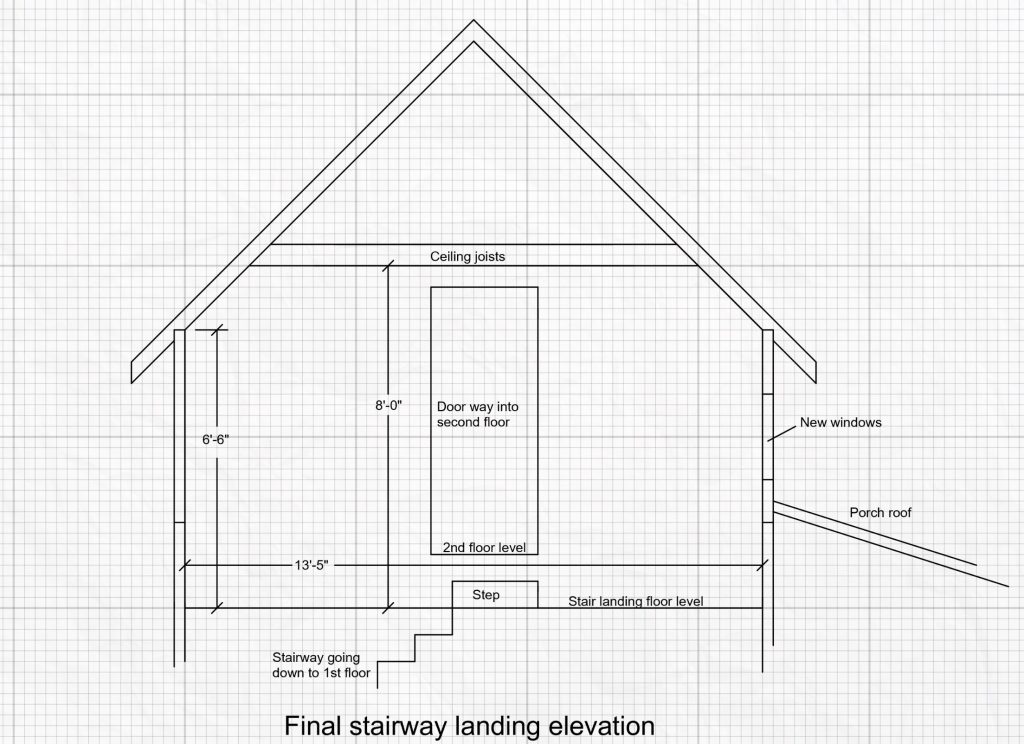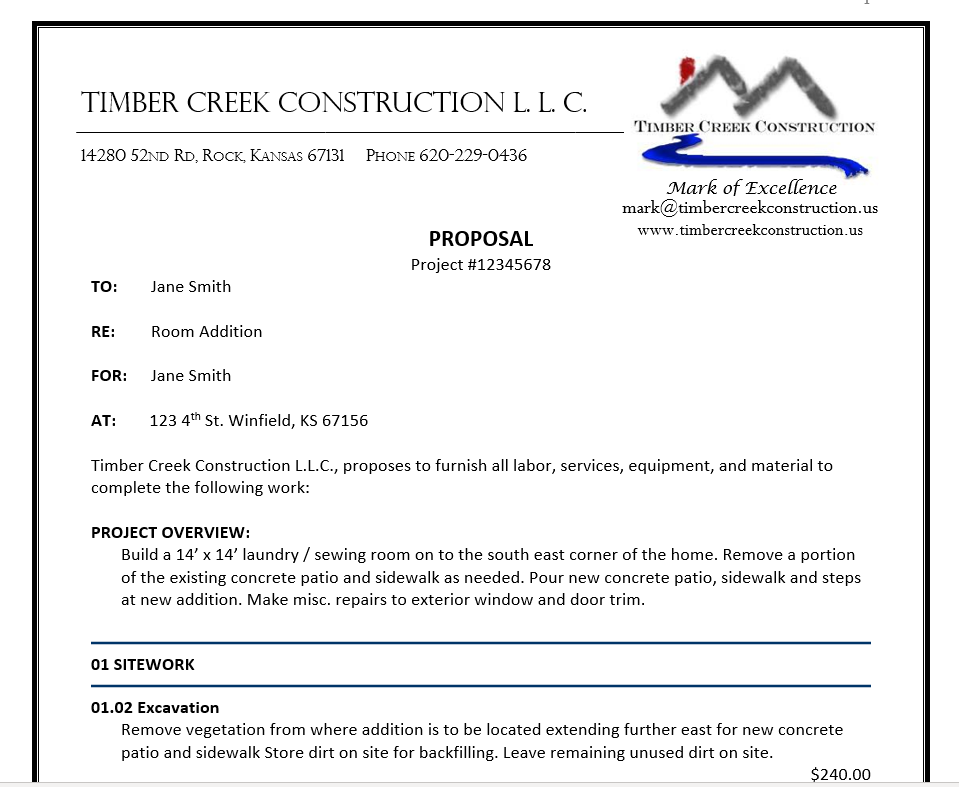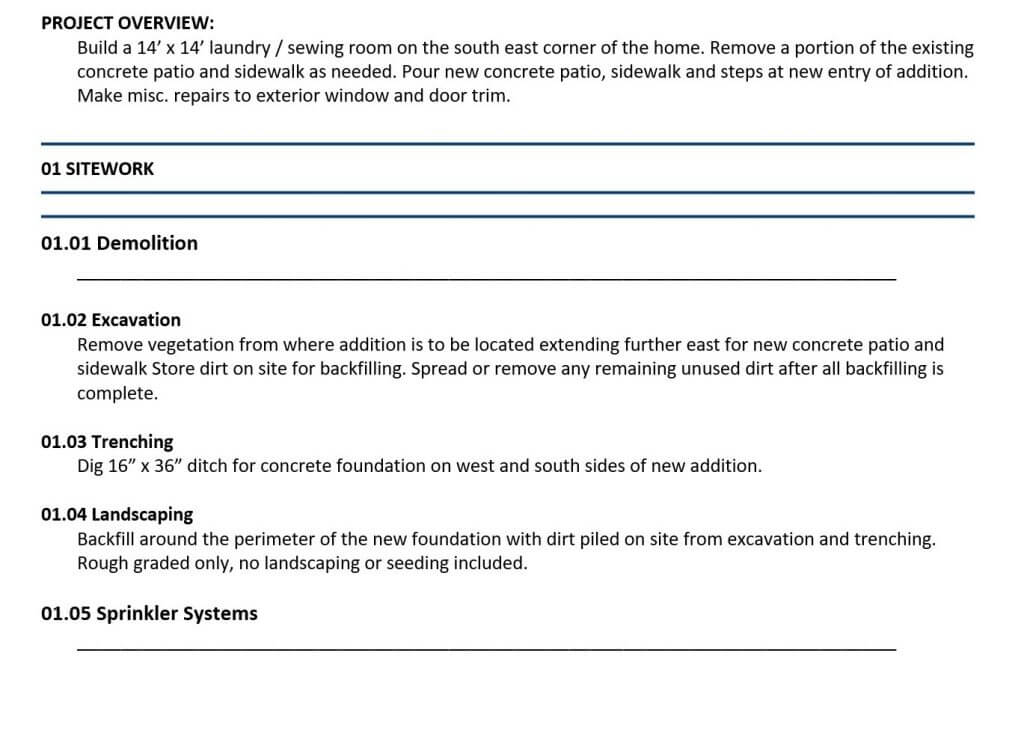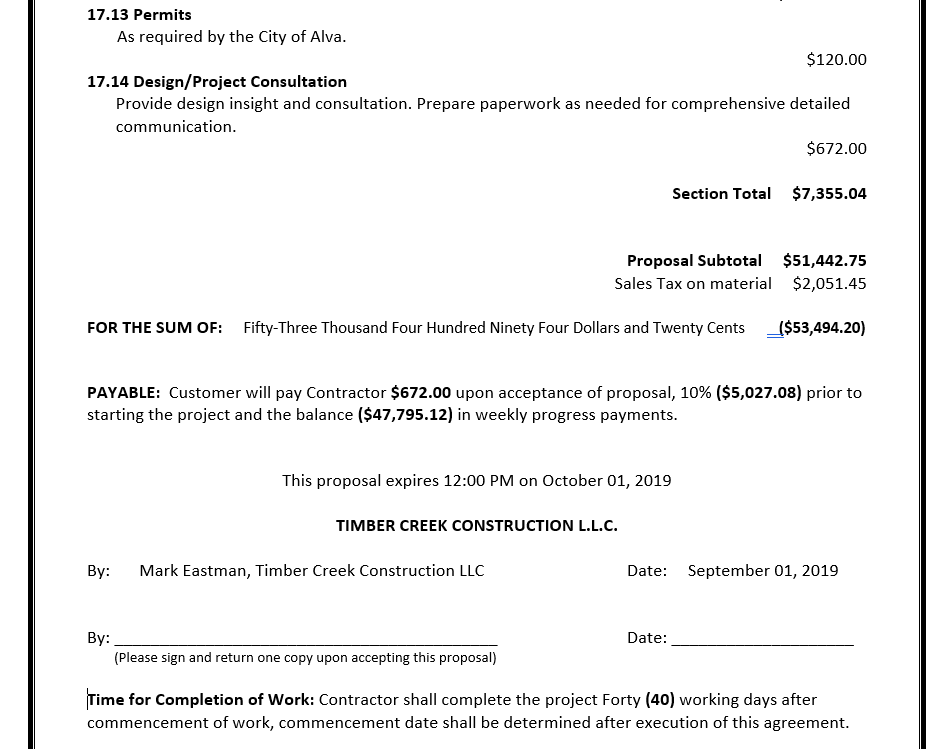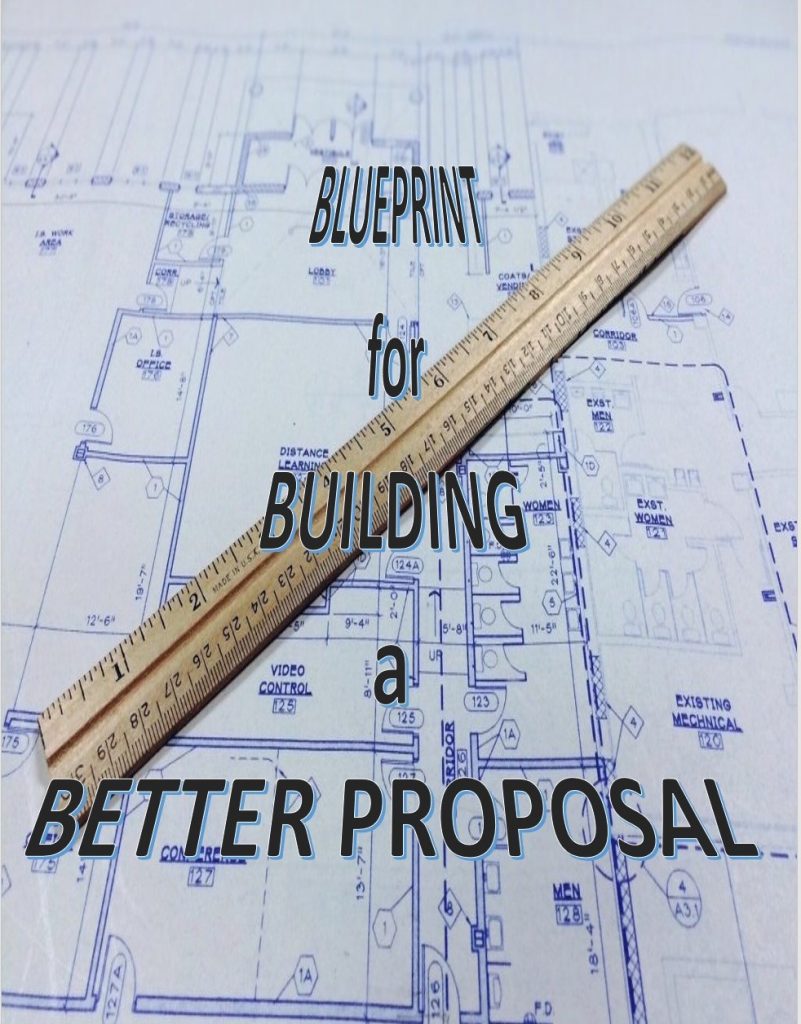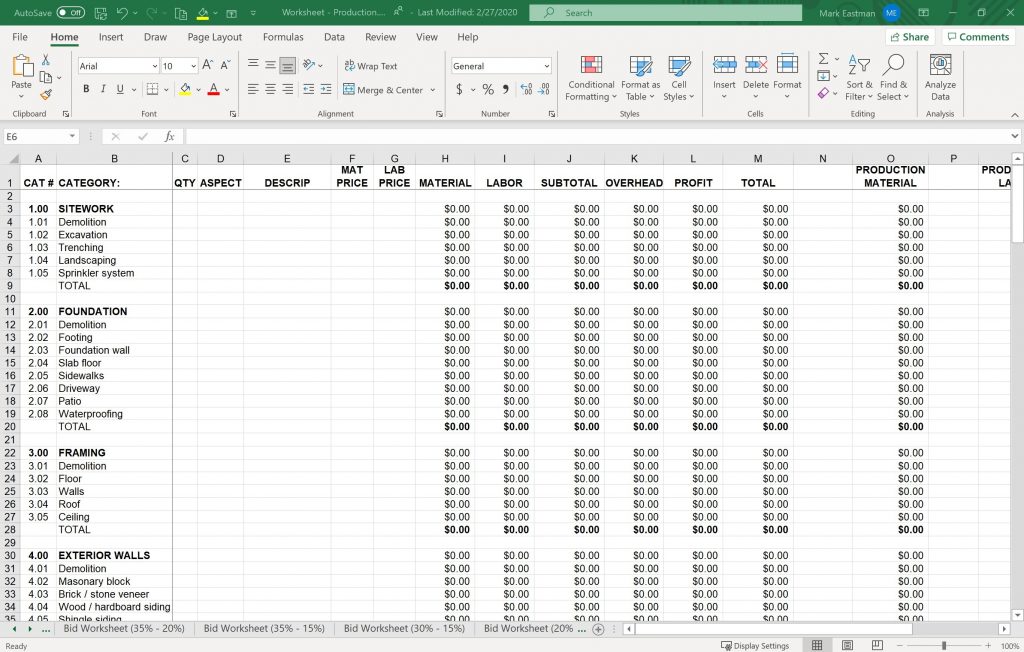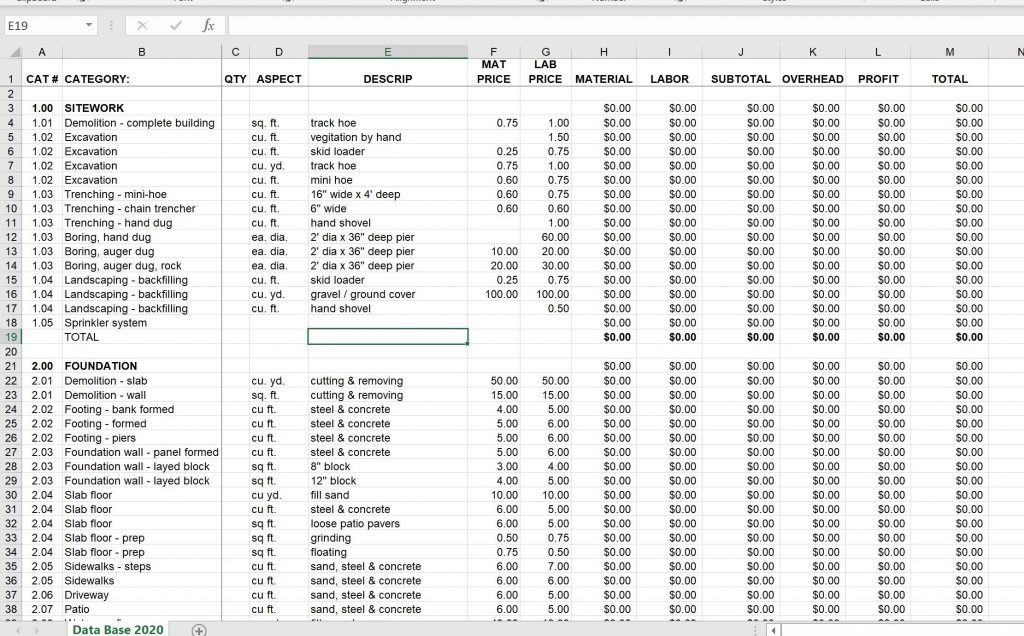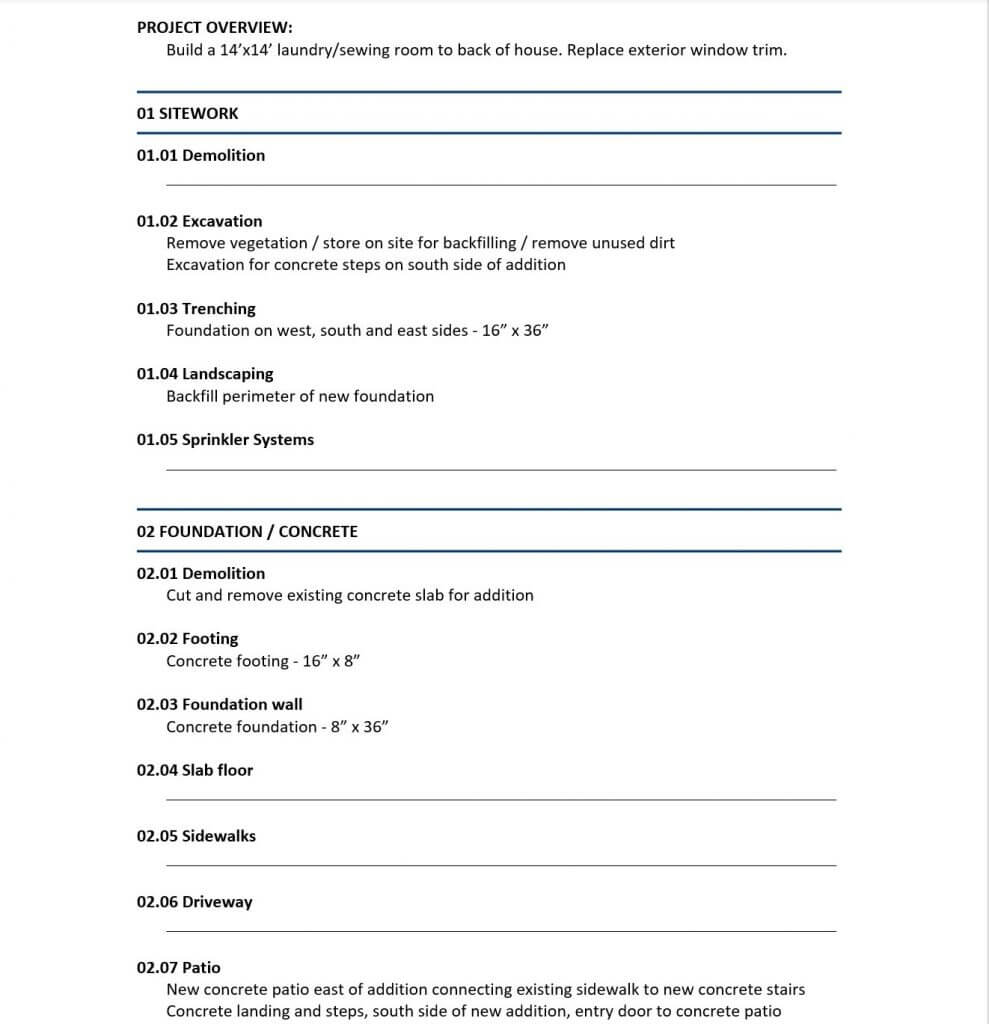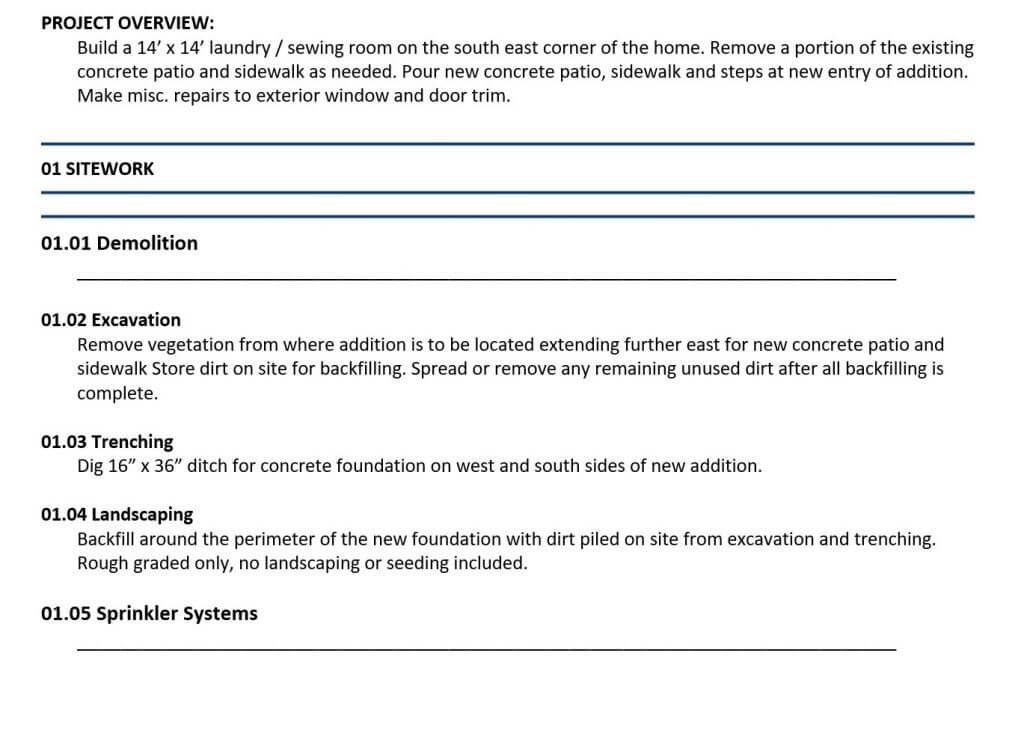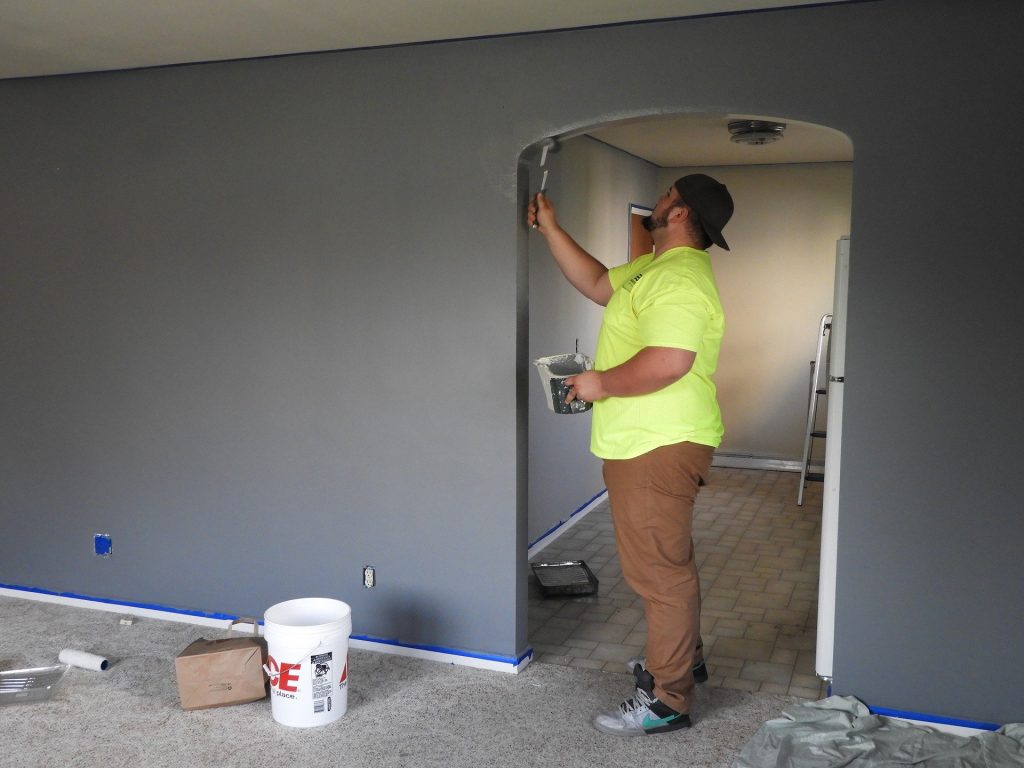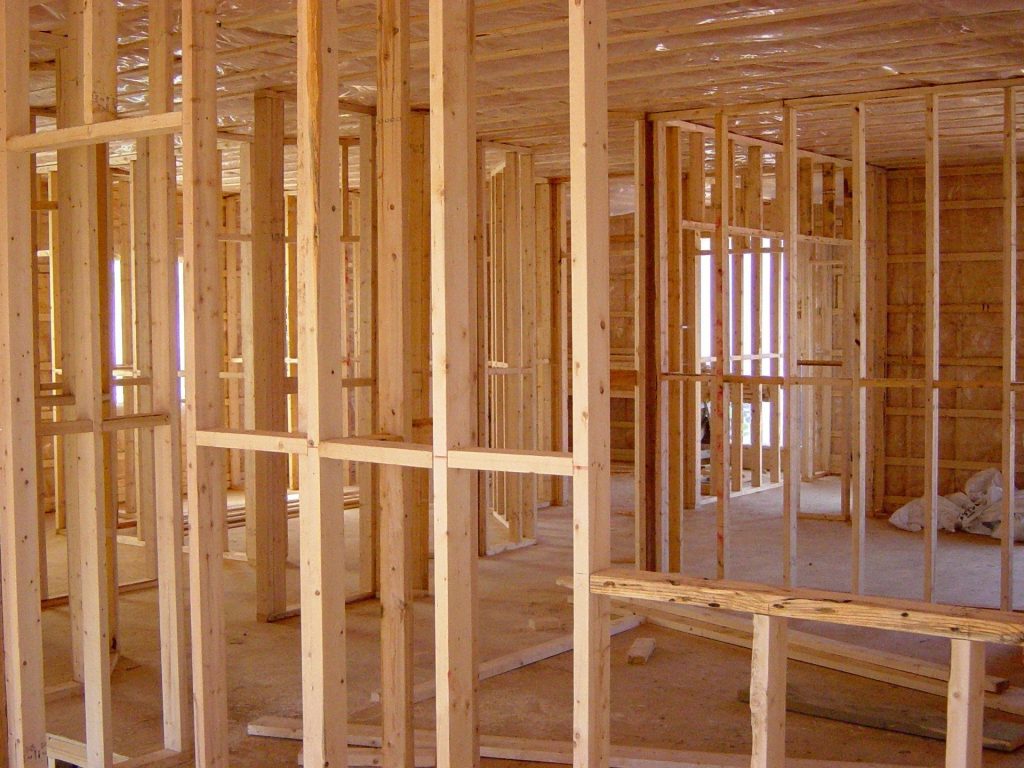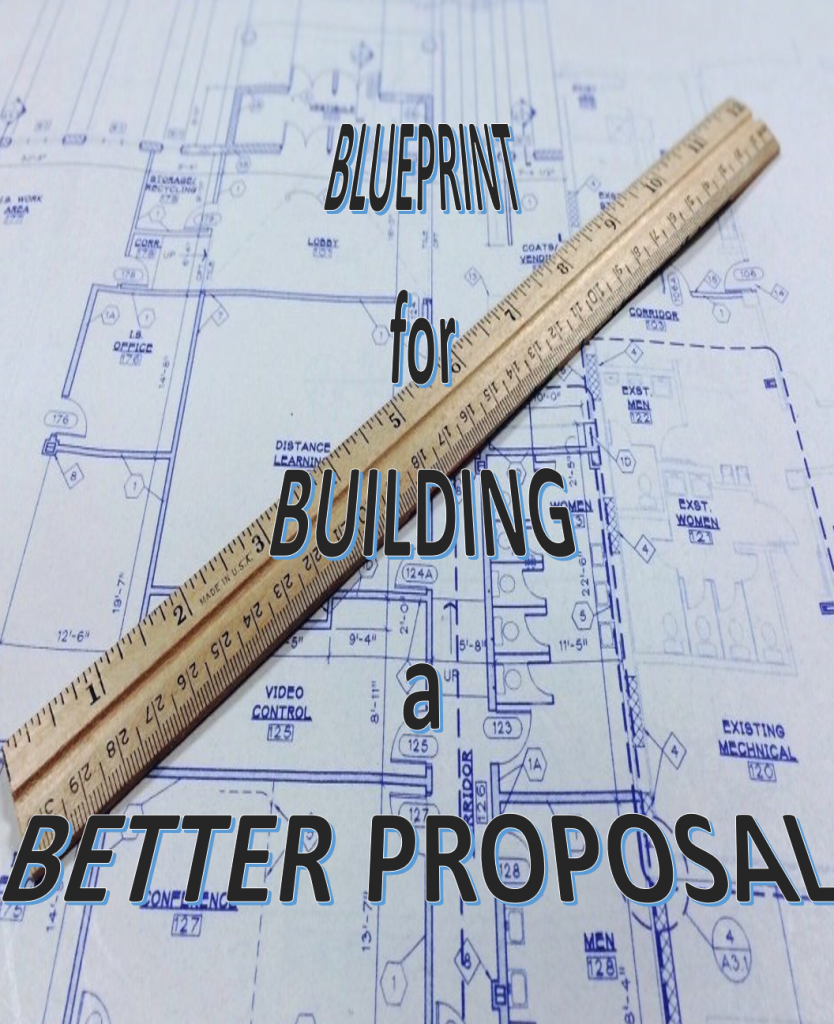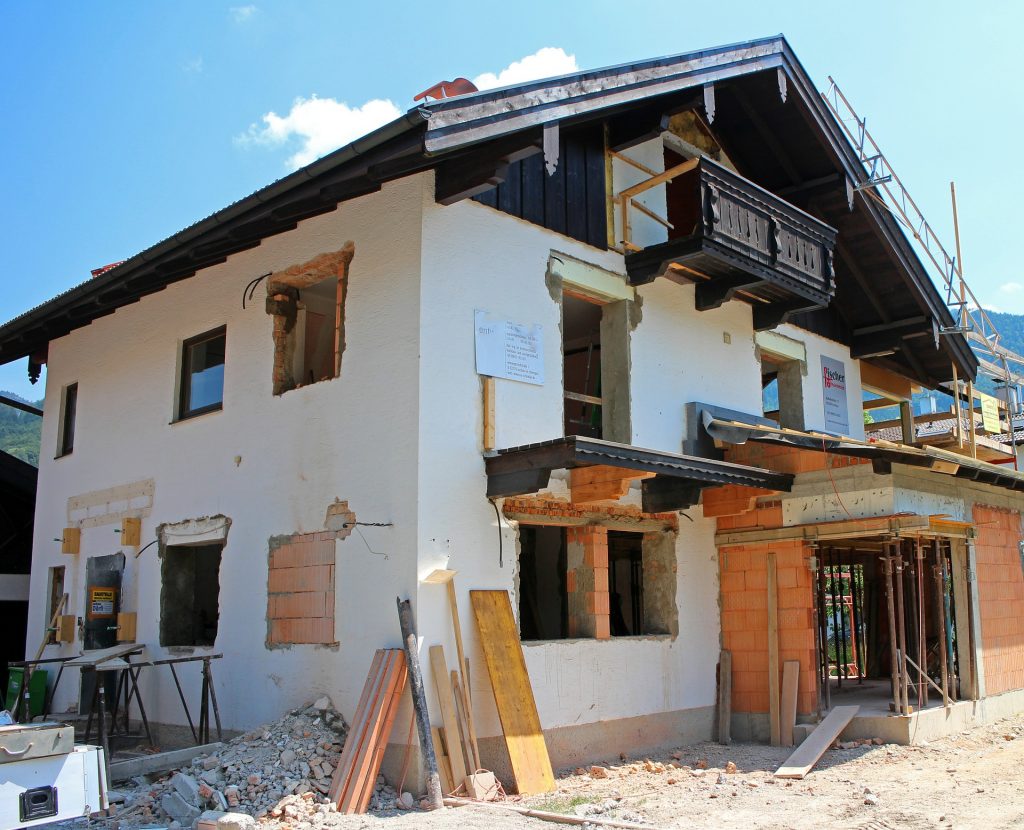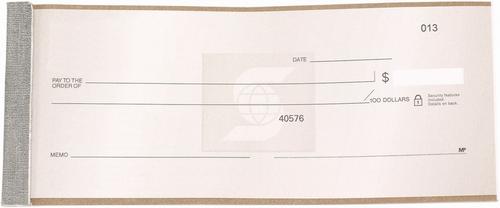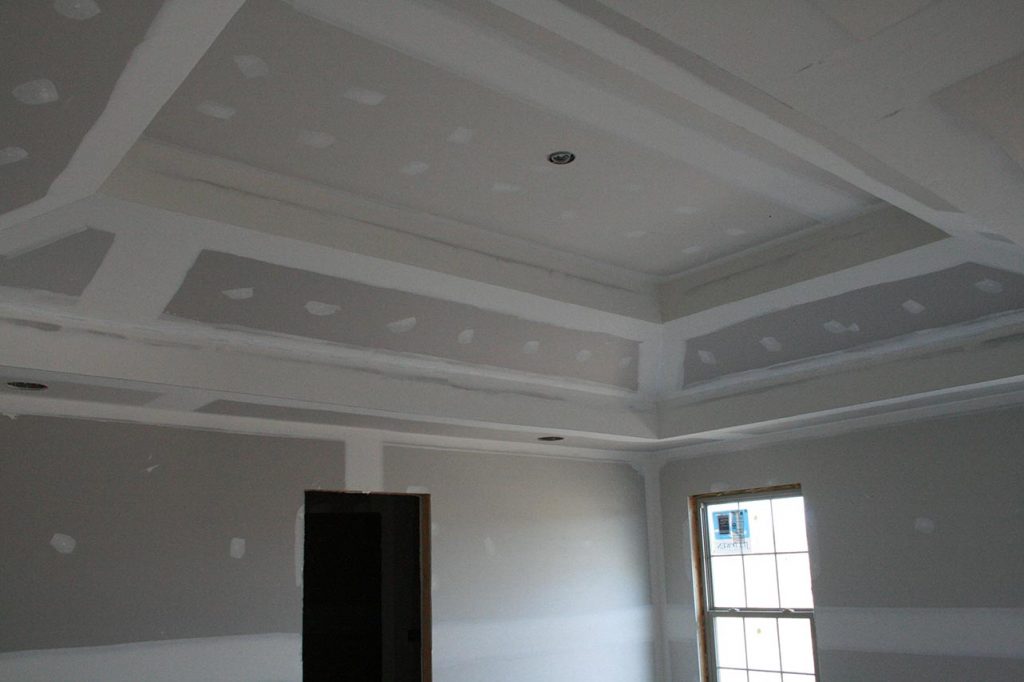We’ve Discussed the Why, Now Let’s Work on the How
It’s Saturday and today will be John’s third meeting with Gene. Even though there’s been no change in John’s overwhelming workload, today is the first time he’s not considered canceling. He knows the value of this information and is looking forward to opportunity to learn more.
It’s John’s turn to provide lunch and Gene’s in for a treat…John’s bringing chili-cheeseburgers and fries from the Burger Station. On the way to Gene’s office, the smell of those burgers is more than John can bear and he has a few fries on the drive.
As soon as John steps in the office door, Gene yells out from the conference room, “You brought Burger Station”. Over the years when John was working for Gene, the two of them frequented this fine establishment often.
As John gets lunch out, Gene says, “We have a lot to cover today, so we better get started. As we go through this today, consider the similarities of building a proposal with building a construction project. Now let’s review…
First, we started with WHY.
Why do you do what you do? Why do should you do proposals? Both of the questions are similar to the question that should be asked of a customer when they’re considering a construction project. Why do you want to do this project?
Second, we discussed that communication is the contractor’s responsibility.
We are the professionals in the arrangement. We shouldn’t expect the customer to know everything about construction. This is why they are looking to hire someone to do their project. It’s up to us as contractors to communicate clearly.
Third, we discussed bid mistakes.
The ones that are commonly made and are costly. Being aware of these mistakes helps you know what to avoid and increases the opportunity for happy customers. Not to mention it gives you a big advantage over your competition.
In our meeting two weeks ago (link to 1st meeting post) I gave you the bid proposal overview to take and review. Today we’re going to go through it. I know it seems like were still not doing proposals. Think about it like a construction project…
The designing and planning take as long as the construction.
Let’s start by looking at the documents included in the system and a brief definition of each.”
Bid sheet – A Word document with the various construction categories and individual tasks listed with space for filling in the scope of the work to be done, dimensions, materials, locations, etc., for each category as needed for clear communication.
Worksheet – An Excel spreadsheet with all the construction categories and individual tasks listed with overhead and profit markup formulas.
Proposal – A word document with space to fill in pertinent information, i.e. customer’s information, what will or will not be supplied by the contractor, the scope of work, the proposed price for each specific element, a total project price, payment arrangements and project duration.
Data Base – An Excel spreadsheet with prices for material and labor for a wide variety of specific construction tasks. This information will be used to fill out a blank worksheet template by copying and pasting.
After reviewing and discussing these documents and definitions they looked at the the process of doing a proposal.
STEP 1 – Gathering Information
Gathering the right information correctly and effectively is critical to preparing an accurate and thorough proposal. Once you’ve been contacted by a potential customer start by scheduling a meeting to discuss their project and find out what they hope to accomplish. At this initial meeting gather –
Measurements and dimensions, existing and new
Building materials, existing and new
Pictures of pertinent areas and existing construction
Customer’s design ideas and finishes
The information gathered at this meeting can be recorded in whatever way works best for you. The important thing in this step is to gather any and all information needed to prepare an accurate proposal. It can be handwritten on a printed out Bid Sheet template, or it can be entered directly to a Bid Sheet using a tablet, smart phone or laptop. Using the Bid Sheet minimizes overlooking things because the different areas of a construction project are already listed.
STEP 2 – Preparing the Scope of Work
After the preliminary information has been gathered it’s time to clarify the scope of the project by writing out the description of each specific task in terminology that both the customer and the contractor understand. It needs to include enough specifics to be thorough without being too technical. It doesn’t help communication if the terminology is confusing to the customer. This written description on the Bid Sheet will be transferred to the Proposal and serve as a written scope of work to be performed and materials to be provided.
STEP 3 – Pricing the Project
Next is putting prices to the project. This process involves two different Excel spreadsheets, the Worksheet and Data Base. Based on the descriptions written on the Bid Sheet, content from the Data Base will be copied and pasted into the correlating cells on the Worksheet. After the pertinent information from the Data Base has been placed on the Worksheet it’s time to fill in the quantities.
STEP 4 – Quantities
On the Worksheet you will fill in the quantity needed to do the work on that line item. This may be lineal feet, square feet, square yards, cubic feet, cubic yards, numbers of pieces, etc. Once this is completed you will now have prices for each of the different tasks listed on the Proposal.
STEP 5 – Preparing the Proposal
Now you have everything you need to complete the Proposal. You will take the descriptions from the Bid Sheet and the prices from the Worksheet and put them both on the Proposal. After filling out the customer’s information at the top of the page, the scope of work, the price for each task, the total project price, how payments are to be made and the duration of time to do the project, the Proposal is ready to present to the customer.
As they wrapped up the meeting, Gene looked at John and asked him what he thought so far. John said, “I had no idea there was this much to doing proposals.
Gene said, “I know. That’s why most contractors either guess at their bids or just give estimates…and we’ve all seen how that well that works out.
Next week we’ll dig deeper into GATHERING INFORMATION.
Previous posts in this series –
What is “business clarity” and how do you find it?
Learning How to Get a Construction Project Started Out Right
It’s Time for the First Meeting
Being Aware of the Common Bid Mistakes is the Best Way to Avoid Them
